Letter of release template
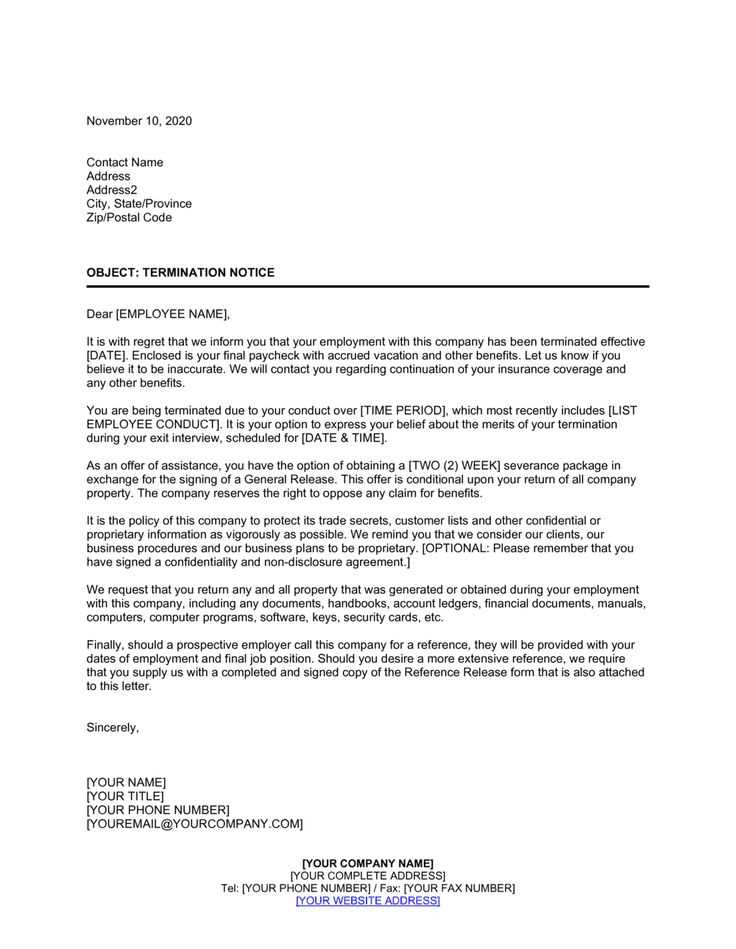
Use a letter of release to formally confirm the termination of an agreement or the release of liability. This document serves as a written acknowledgment that one party is no longer bound by the terms of a contract, ensuring clarity for both sides. Crafting a clear and concise letter will help avoid misunderstandings and provide legal protection in case of disputes.
A well-structured letter includes key elements: the names of the parties involved, the date of the release, and a brief explanation of the purpose of the release. It’s also vital to specify any conditions attached to the release and any continuing obligations, such as non-disclosure agreements. Ensure all relevant details are included to avoid ambiguity.
Having a template can streamline the process and reduce errors. A letter of release template saves time and ensures consistency across various releases. Keep it customizable to suit the specifics of each situation while maintaining legal validity. This way, you’ll be prepared to issue a release quickly and professionally when needed.
Here is the revised version:
When drafting a release letter, make sure to clearly specify the details of the agreement. Begin with the full legal name of both parties involved and the effective date of the release. Ensure that the release explicitly states the purpose–whether it’s related to employment, contract obligations, or other legal matters–and the scope of the release (e.g., what rights or claims are being waived).
Key Sections to Include
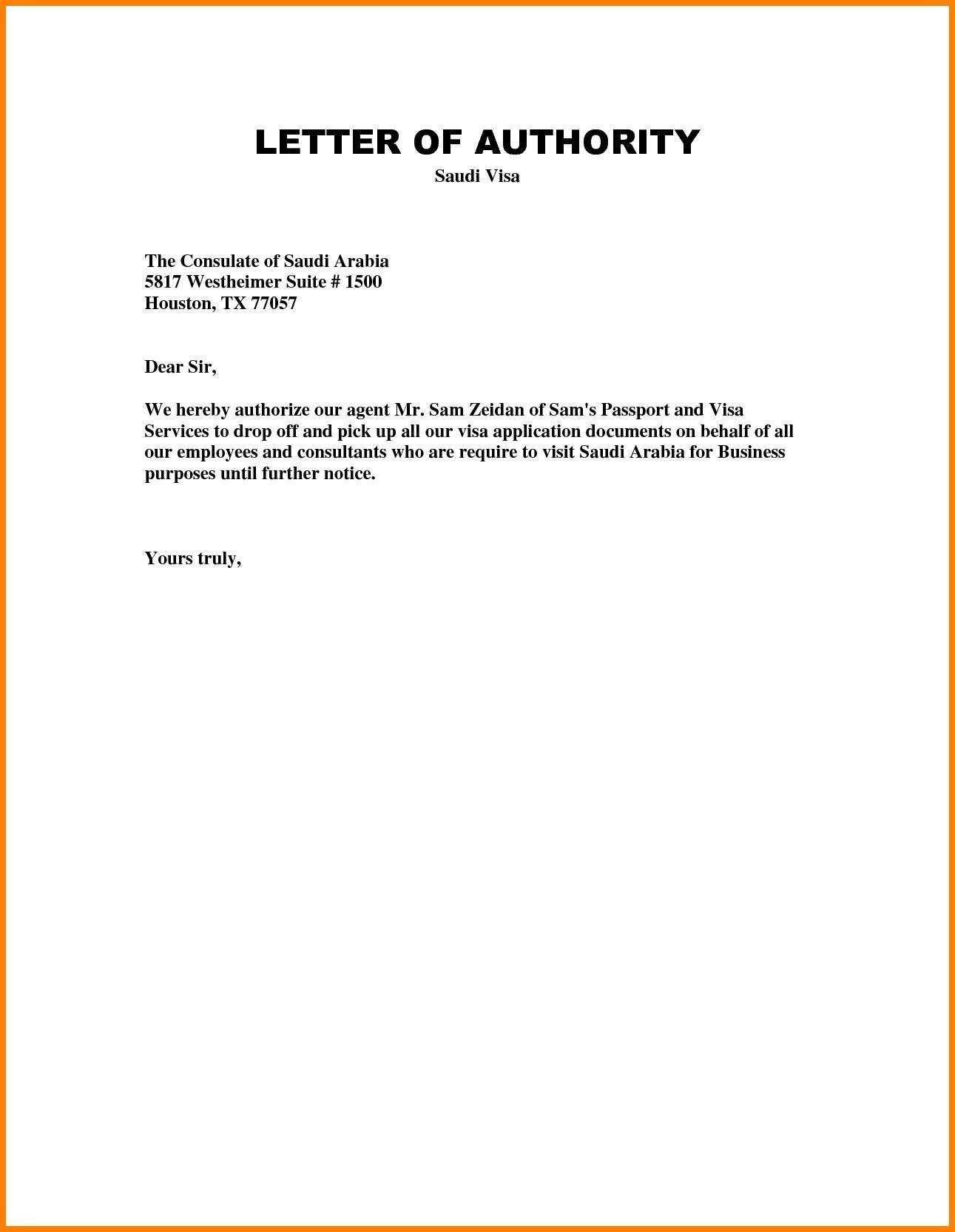
Start with the heading, “Release of Claims,” followed by a brief description of the relationship between the parties. Outline the terms and conditions under which the release is granted. Ensure that all references to potential claims or disputes are addressed, specifying the exclusions if any. Mention any compensation, terms of confidentiality, or non-compete clauses if applicable.
Finalizing the Document
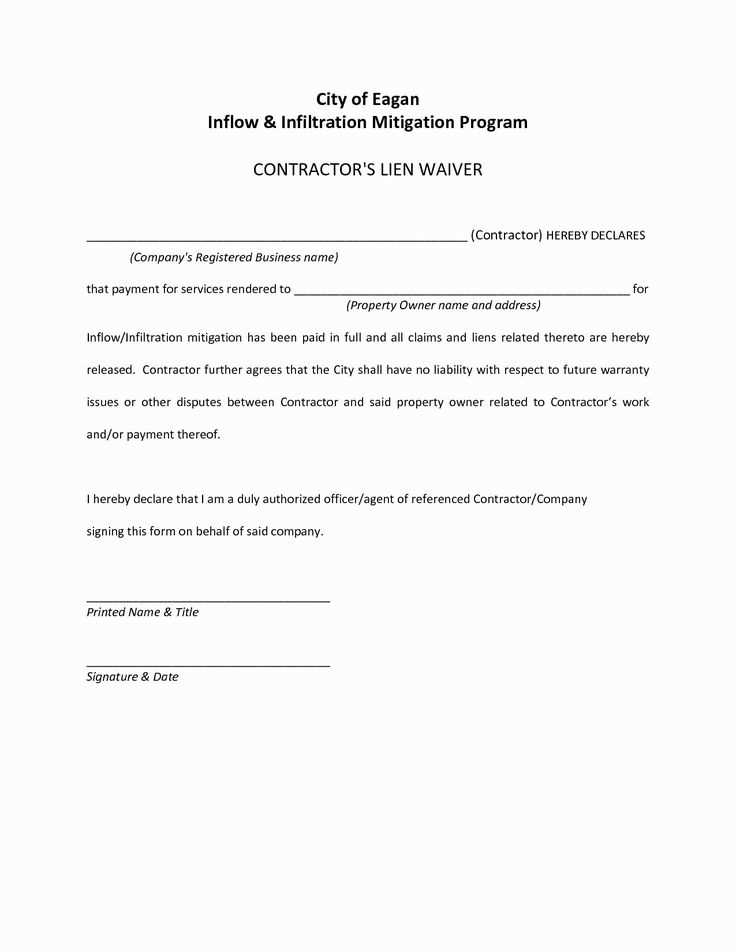
Conclude with the signatures of both parties, along with the date of signing. Include space for witnesses or notary if necessary, depending on the jurisdiction or nature of the agreement. Always ensure that both parties have a copy of the signed letter for their records.
- Letter of Release Template
A letter of release is a formal document confirming that an individual or entity is being granted permission to depart or discontinue a contract, job, or agreement. The template below offers a structured format for crafting such a letter. Customize it according to your specific needs to ensure clarity and legal compliance.
Template Structure
| Section | Content |
|---|---|
| Header | Include the letter’s title (“Letter of Release”), date, and your contact details. |
| Recipient’s Information | Include the recipient’s name, title, company name (if applicable), and address. |
| Salutation | Address the recipient by name or title (“Dear [Name]”). |
| Opening Paragraph | State the purpose of the letter clearly (e.g., release from an agreement, employment, etc.). |
| Details of Release | Provide specific details about the terms of the release, such as the effective date and any other obligations or responsibilities. |
| Conditions | List any conditions or requirements the individual must fulfill prior to or after being released, if applicable. |
| Conclusion | Express appreciation and reiterate any final actions, such as return of materials or closing formalities. |
| Signature | End with a formal closing and your signature, including your printed name and title. |
Example
Here’s a sample letter of release based on the template structure:
Letter of Release
January 29, 2025
[Your Name]
[Your Address]
[City, State, ZIP]
Dear [Recipient’s Name],
I am writing to formally release you from [Contract, Job, Agreement, etc.], effective as of [Date]. As per the terms of our agreement, all obligations on both sides are considered fulfilled. Any necessary materials or documents should be returned by [Date] to ensure proper closure.
We appreciate your cooperation and wish you all the best in your future endeavors. Please do not hesitate to reach out should you require any further clarification.
Sincerely,
[Your Signature]
[Your Name]
[Your Title]
A release letter should clearly outline the agreement between both parties. Begin with the full name of the person being released, along with their position or role, if applicable. Clearly state the purpose of the release, such as ending employment or concluding a contractual relationship.
Include the date of release to avoid any ambiguity regarding when the release takes effect. If the letter relates to an employment relationship, list any remaining responsibilities or obligations the released party must fulfill before the release is final.
Specify any severance pay, benefits, or other entitlements, as well as the method and timeline for disbursement. If applicable, include a clause confirming that both parties have settled any outstanding issues, such as debts or liabilities.
Outline the confidentiality requirements, if any, and any post-release non-compete or non-disclosure agreements that remain in effect. Acknowledge that all company property has been returned or accounted for, including physical items and intellectual property.
Finally, both parties should sign the letter to acknowledge their agreement and understanding of the terms. It’s advisable to keep a copy for your records.
To create a release letter, follow these steps to ensure clarity and precision.
- Define the Purpose
Clearly state why the release letter is being written. Be specific about the situation–whether it’s an employment release, a contract release, or another type of release. Specify what the document is intended to achieve. - Include Key Details
Include the date of the release, the involved parties, and the agreement or contract being terminated or released. This information helps in identifying the context and makes the letter legally binding. - State the Terms of the Release
Describe any terms associated with the release. If there are conditions or specific actions being taken (such as payment or asset return), outline them clearly to avoid confusion. - Use Clear and Simple Language
Avoid legal jargon or overly complex wording. Write in a direct and simple style to ensure that all parties understand the release terms without difficulty. - Address Any Obligations
If there are ongoing obligations after the release (such as confidentiality or non-compete clauses), specify them. This ensures both parties are aware of their responsibilities post-release. - Include a Signature Line
Provide space for signatures from both parties to confirm that the release is mutually agreed upon. This adds validity to the document. - Proofread
Review the document for any mistakes or ambiguity. It’s crucial that every word in the letter is clear and accurate to avoid potential misunderstandings.
Make sure the release letter clearly identifies both parties involved. Include full names, addresses, and other identifiers like company names if applicable. Precision in these details prevents confusion and ensures that the document applies to the correct individuals or entities.
Specify the scope of the release. Be clear on what rights are being waived and what obligations are being discharged. This can include financial claims, intellectual property rights, or other specific responsibilities.
Check that the letter contains an explicit statement of mutual agreement. Both parties must agree to the terms, with a space for signatures to confirm their consent. Without signatures, the release cannot be legally binding.
State the date the release letter is executed. This date marks the official agreement and affects timelines for any potential disputes or claims arising from the release.
Incorporate a clause that acknowledges no further claims will be made after the release. This ensures both parties understand that once the release is executed, no additional legal actions related to the matter will follow.
- Consult a lawyer to ensure compliance with applicable local or international laws.
- Check that the release does not violate any existing contracts, such as non-compete clauses or confidentiality agreements.
- Be mindful of the jurisdiction that will govern the release letter. Different regions have varying laws on the enforceability of release letters.
Review the letter for clarity and avoid ambiguous language. Vague terms can lead to misinterpretation and potential legal disputes later on.
Finally, if any party is unsure of the legal consequences, seeking legal counsel before signing is highly recommended. A lawyer can confirm the legality of the release and ensure both parties are fully informed of their rights and obligations.
Make sure to include all relevant details in your release letter, such as the specific date of termination and the full name of the employee or party being released. Missing this information can lead to confusion or delays in processing. Double-check the recipient’s name and the reason for their release to avoid inaccuracies.
Don’t forget to clearly state any conditions tied to the release, such as non-compete clauses or return of company property. Failing to specify these conditions can result in legal or operational challenges later on.
Avoid ambiguous language. Using vague terms like “final settlement” without defining it could cause misunderstandings. Be clear about what is included in the settlement, whether it’s severance pay, unused vacation, or other benefits.
Don’t leave out signatures. A release letter without signatures from both parties lacks legal validity. Ensure both the employer’s and employee’s signatures are present, along with dates, to confirm mutual agreement.
Refrain from making the letter overly formal or complicated. Use plain language to ensure clarity. Complex legal jargon may confuse the recipient or create unnecessary delays.
Don’t forget to include a space for any additional instructions or next steps. This could involve further documentation or specific actions required from either party post-release.
Lastly, avoid sending the letter without confirming receipt. Ensure the recipient acknowledges receipt, either by email confirmation or through a signed copy, to prevent disputes down the line.
To make a release letter truly personal, focus on the specific circumstances surrounding the individual’s departure or transition. Begin by addressing the person directly, using their full name or preferred title. Include details that are relevant to their role and contributions to the organization. For example, highlight specific achievements or memorable projects that showcase their impact, adding a personal touch.
Adjust Tone Based on the Situation
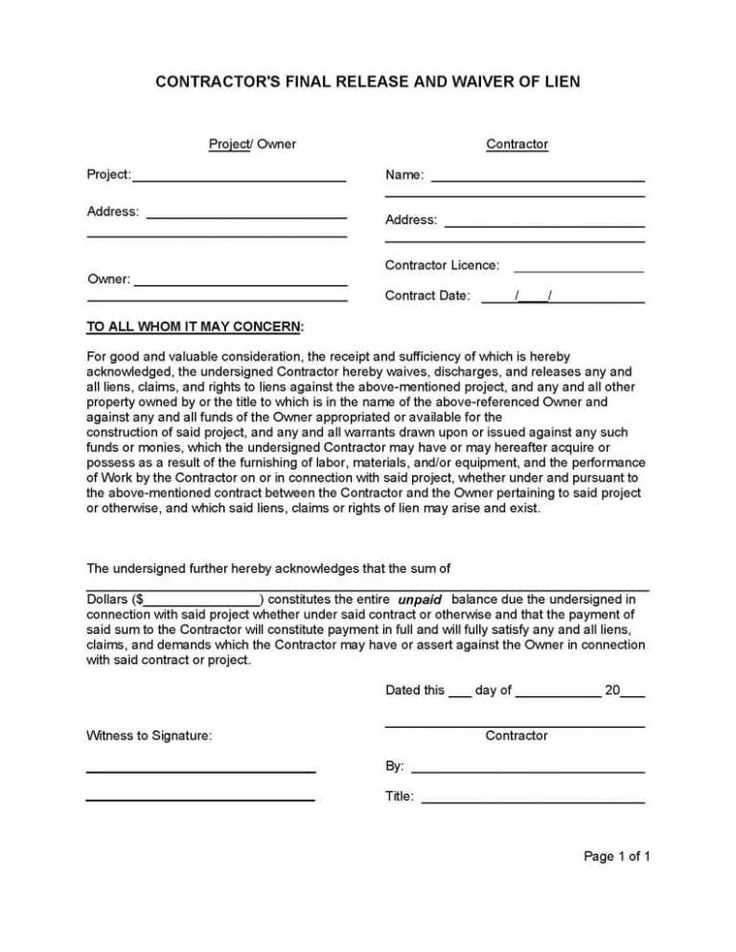
Modify the tone of the letter depending on the nature of the release. If it’s a positive exit, such as a retirement or voluntary departure, use an appreciative tone. Acknowledge their contributions and express gratitude. For a more formal release, like a termination or contractual end, ensure the letter remains professional and clear without negative language, focusing on the details of the transition instead.
Include Details on Future Steps
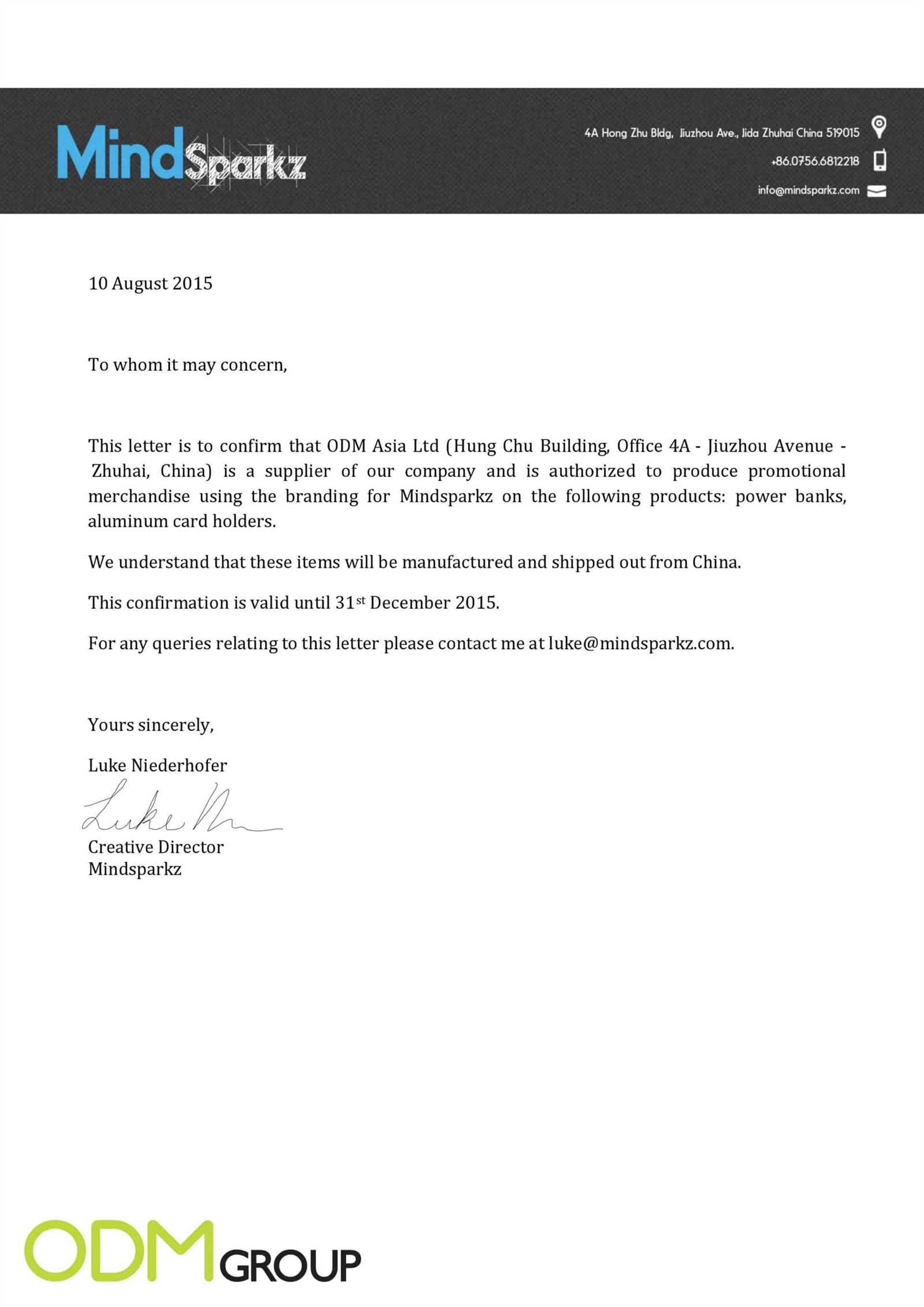
Outline any next steps for the individual, such as returning company property, finalizing paperwork, or transitioning responsibilities. This helps in making the letter actionable and purposeful. Tailor this section based on the specific requirements of the situation, such as final pay or benefits that need to be addressed for a smoother exit process.
A release letter is crucial when parties need to formally document the end of a relationship or agreement, preventing future disputes. Use it when an employee leaves a company, ensuring both sides acknowledge the termination of the employment relationship without unresolved issues. A release letter is also necessary after settling a legal claim, confirming that no further claims or liabilities exist between the parties. Another common scenario is when one party has fulfilled all contractual obligations, and both sides wish to confirm no outstanding duties remain. It’s particularly useful in business transactions, like the transfer of property or assets, ensuring the transfer is final. Lastly, when a contract ends without dispute, a release letter helps to avoid potential misunderstandings regarding responsibilities or obligations. In each case, this letter acts as a clear, binding confirmation that no further action is required from either party.
Letter of Release Template
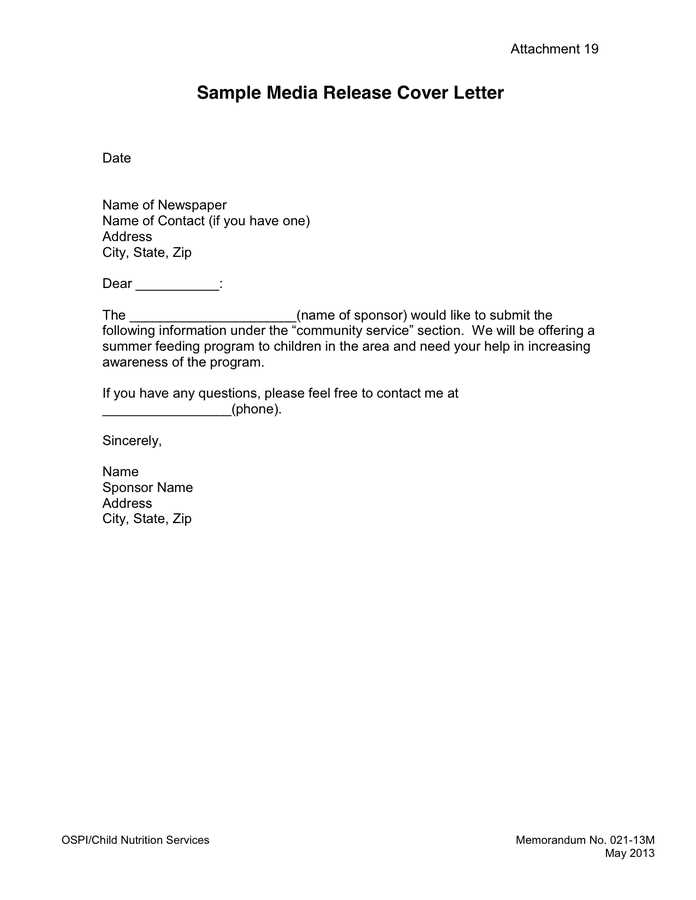
Replace any unnecessary repetition to make your letter clearer. Focus on the key points and maintain clarity in every sentence. Use simple, straightforward language to communicate your message effectively. A well-structured letter can go a long way in avoiding confusion, ensuring both parties understand the terms of the release clearly.
Start with a clear opening that specifies the reason for the release. Use active verbs, and stick to a concise, direct format. For example, “This letter confirms the release of [name] from all contractual obligations with [company].” Avoid overly complex phrasing or redundant information. Keep the focus on the most relevant details.
Ensure the middle section of the letter contains specific terms, such as the effective date of release, any remaining responsibilities, or other details that are necessary. Keep this section organized with bullet points or clear paragraphs, each covering a different aspect of the release. Be mindful of removing any redundant phrasing to improve flow and readability.
Conclude the letter by reinforcing the purpose of the release and ensuring all parties involved are on the same page. You can briefly mention the positive outcome of the release, but refrain from excessive praise or unnecessary elaboration. A simple closing statement, like “Thank you for your understanding and cooperation,” is sufficient.
By making these small changes, you improve readability without losing important details. A well-organized and direct letter benefits both parties, ensuring the process is as smooth and clear as possible.